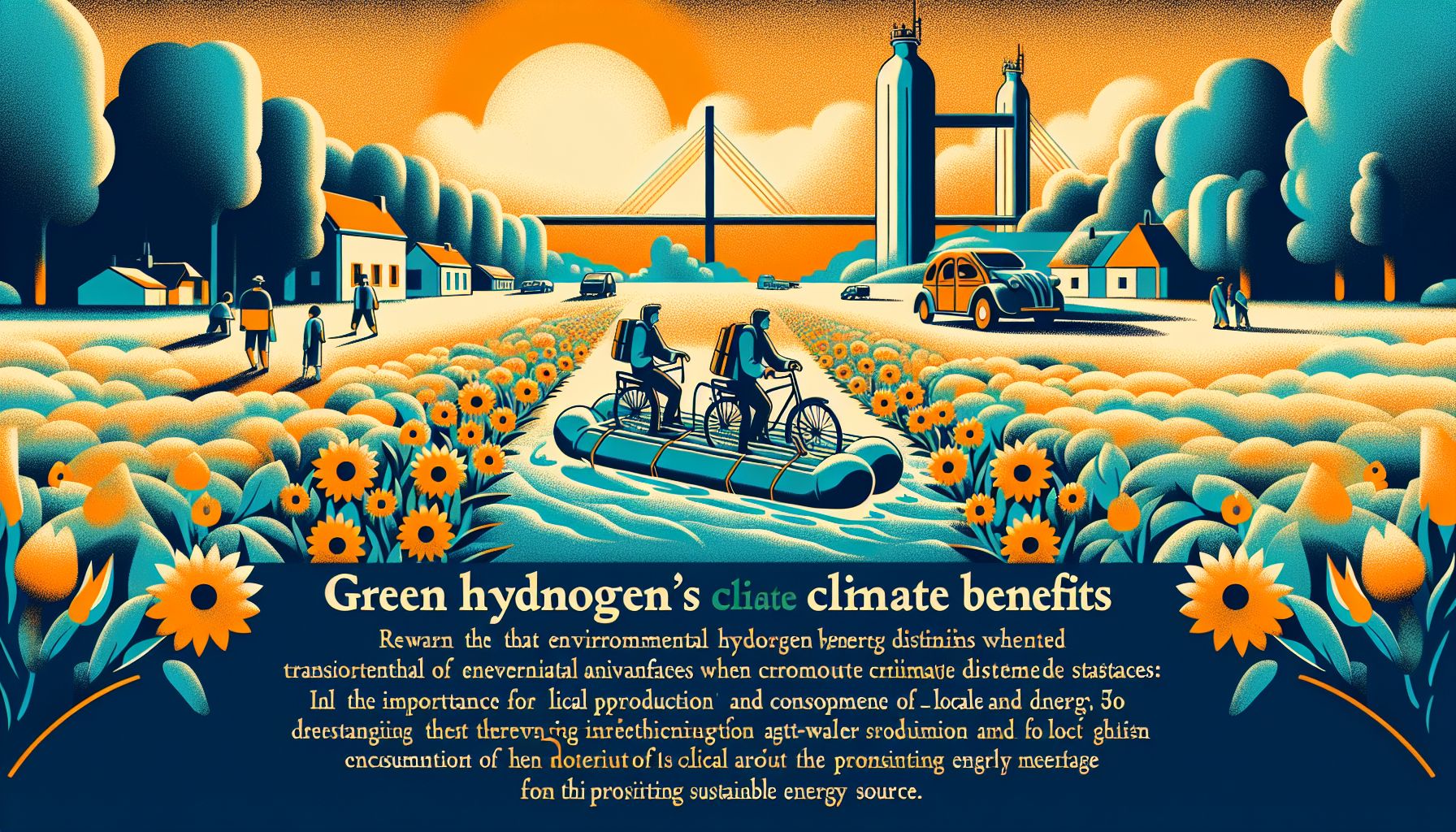Green Hydrogen's Climate Benefits Questioned in New Study

Eindhoven, Friday, 28 June 2024.
Researchers from Dutch universities warn that green hydrogen’s environmental advantages diminish when transported long distances. The study emphasizes the importance of local production and consumption, challenging assumptions about this promising sustainable energy source.
The Premise of Green Hydrogen
Green hydrogen, often touted as the ultimate solution for sustainable energy, is produced by splitting water into oxygen and hydrogen using renewable electricity sources such as wind and solar power. This process, known as electrolysis, does not emit carbon dioxide, making it an attractive option for reducing greenhouse gas emissions. However, the recent study by researchers at Radboud University in Nijmegen and Eindhoven University of Technology raises critical concerns about the overall environmental impact of green hydrogen, particularly when it is transported over long distances.
Impact of Transportation on Emissions
The study highlights that while the production of green hydrogen itself is clean, the transportation process can negate many of its environmental benefits. The researchers found that transporting hydrogen over long distances can lead to significant CO2 emissions, primarily due to the fossil energy required in the transportation infrastructure. This includes emissions from the manufacturing and maintenance of solar panels, wind turbines, electrolyzers, and batteries, all of which are integral to the green hydrogen supply chain. As long as these components rely partly on fossil fuels, the environmental benefits of green hydrogen will be compromised.
Local Production vs. Long-Distance Transport
According to the researchers, the key to maximizing the climate benefits of green hydrogen lies in local production and consumption. Their calculations, encompassing over a thousand planned projects, reveal that green hydrogen often results in CO2 savings when produced and used locally. In contrast, long-distance transportation of hydrogen, even when generated from wind energy, consistently leads to higher emissions. This finding underscores the importance of developing regional hydrogen production facilities to minimize the carbon footprint.
Policy Implications and Industry Considerations
The insights from this study are significant for policymakers and industries heavily investing in green hydrogen technologies. European countries, for instance, have ambitious plans to import large quantities of green hydrogen for their industrial sectors. Environmentalist Kiane de Kleijne and her colleagues, who authored the study, suggest that instead of focusing solely on import strategies, it might be more beneficial to assess the feasibility of relocating industrial projects closer to renewable energy sources. This approach could ensure that the environmental advantages of green hydrogen are fully realized.
Future Prospects and Sustainability
Looking forward, the researchers emphasize that the future of green hydrogen could become even more sustainable with advancements in manufacturing technologies for renewable energy infrastructure. Utilizing fully sustainable energy for the production of wind turbines, solar panels, and other essential components can further reduce the overall emissions associated with green hydrogen. Additionally, innovations in catalyst design and electrolysis processes, such as those reported by various research teams, could enhance the efficiency and scalability of green hydrogen production, making it a more viable solution for global decarbonization efforts.

